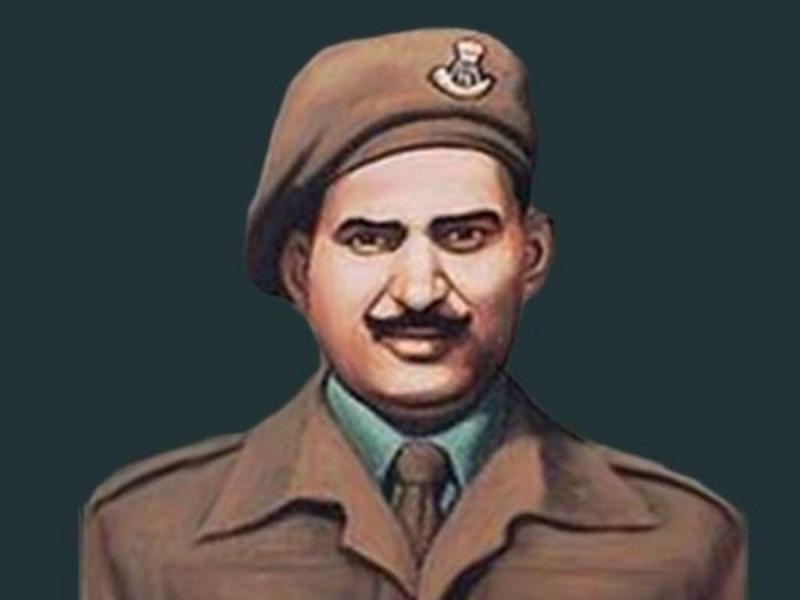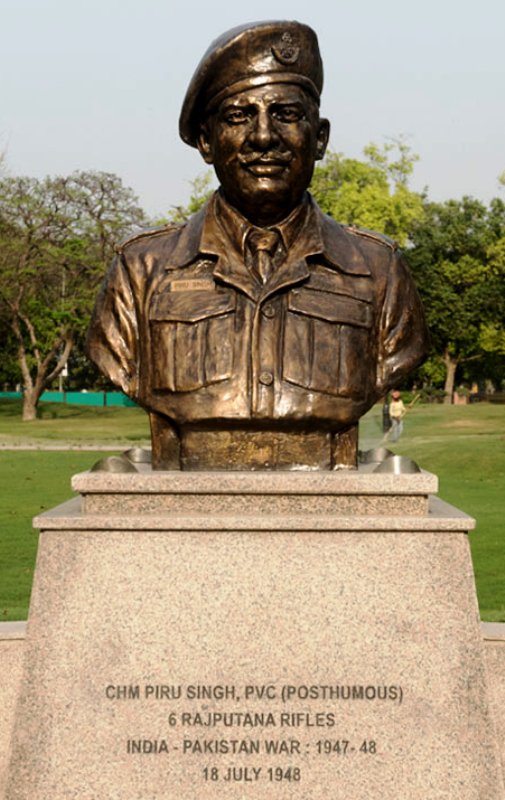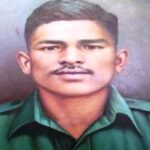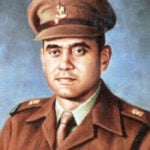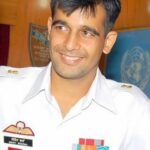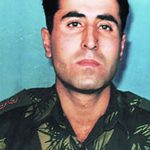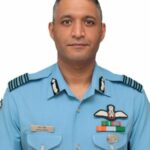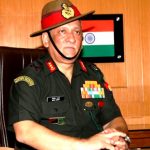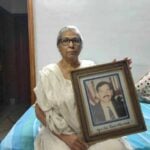Company Havildar Major Piru Singh Shekhawat Age, Death, Family, Biography & More
Quick Info→
Marital Status: Unmarried
Death Date: 18/07/1948
Age: 30 Years
| Bio/Wiki | |
|---|---|
| Profession | Army Personnel |
| Famous For | Battle of Tithwal (Jammu and Kashmir)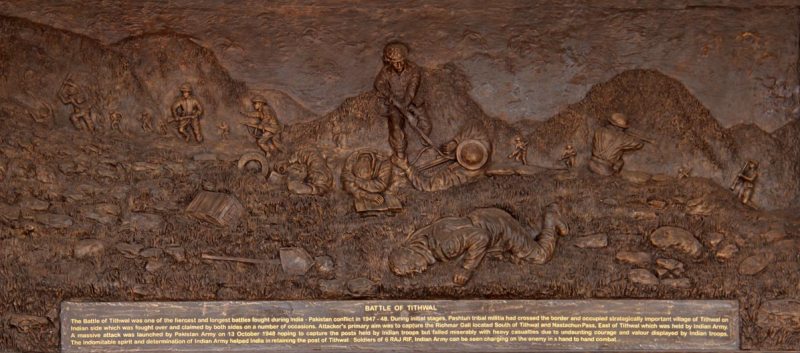 |
| Military Service | |
| Service/Branch | Indian Army |
| Rank | Company Havildar Major (CHM) |
| Service Years | 20 May 1936 - 18 July 1948 (till his death) |
| Unit | 6th Battalion of the Rajputana Rifles |
| Service Number | 2831592 |
| Career Ranks | Lance Naik (7 August 1940) Naik (March 1941) Company Havildar Major (May 1945) |
| Career | |
| Awards, Honours, Achievements | • Param Vir Chakra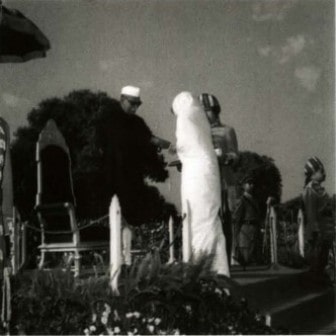 • An oil tanker has been named after CHM Piru Singh • A roundabout at Jhunjhunu has been made by the government to honour the soldier  • The Army Postal Service Corps released a cover letter to honour Piru Singh 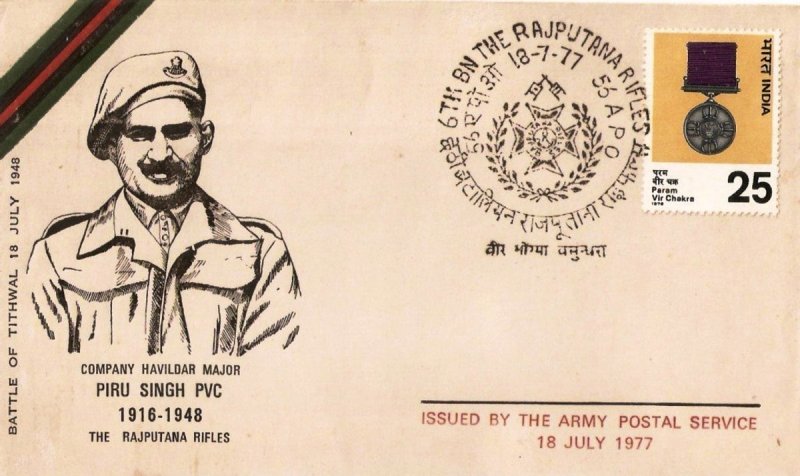 |
| Personal Life | |
| Date of Birth | 20 May 1918 (Monday) |
| Age (at the time of death) | 30 Years |
| Birthplace | Rampura Beri, Rajputana, British India (now Jhunjhunu district, Rajasthan, India) |
| Zodiac sign | Taurus |
| Nationality | Indian |
| Hometown | Jhunjhunu district, Rajasthan, India |
| Caste | Rajasthani Rajput[1]Bravest of the Brave: Heroes of the Indian Army by Kittu Reddy |
| Address | Rampura Beri via Pilani, Jhunjhunu, Rajasthan - 333031, India |
| Family | |
| Parents | Father- Bhana Singh Shekhawat (Retired Subedar of the Birtish Indian Army) Mother- Tarawati Kanwar also known as Jarav Devi |
Some Lesser Known Facts About Piru Singh Shekhawat
- Company Havildar Major Piru Singh Shekhawat was awarded the nation’s highest gallantry award, the Param Vir Chakra for the role played by him during the Battle of Tithwal, a part of the 1947-48 India-Pakistan War. Piru Singh died on 18 July 1948 after he was wounded during the battle of Tithwal with the Pakistani invaders.
- Piru Singh did not like going to school. As a child, he often felt restricted in the school’s environment, which he saw as an obstacle to his personal growth.
- As a student, Piru Singh once entered into an argument with one of his classmates, as a result of which he was scolded very strictly by his teacher. Piru Singh in anger left the school and never returned to complete his education.
- As a young boy, Piru Singh began helping his parents in doing household and farm-related chores at home.
- Piru Singh loved sports, he also loved going for a Shikar. Since his childhood, he wanted to join the Army because of his family’s rich military service traditions. [2]Param Vir: Our Heroes In Battle by Major General Ian Cardozo
- Piru Singh was rejected from the Army twice as he was not of age yet to join the Army, and only on the third attempt, he finally succeeded in joining the Army as a recruit.
- Piru Singh was not sent to the Rajputana Rifles after completion of his training, rather he was initially sent to the 10th Battalion of the 1st Punjab Regiment, and was later on moved to the 5th Battalion of the 1st Punjab Regiment.
- Piru Singh performed exceptionally well in his military career, as a result of which he was posted as an instructor in the Punjab Regimental Center at Jhelum.
- In 1945, Piru Singh was sent to Japan as a part of the allied occupational forces in Japan; from where he returned in 1947.
- After the ending of the Second World War, CHM Piru Singh came from Japan to an independent India, where he swore an oath to serve and defend India.
- Upon his arrival, India and Pakistan had already plunged into the Indo-Pakistan War of 1947-48. CHM Piru Singh was once again moved from the Punjab Regiment to the 6th Battalion of the Rajputana Rifles. [3]My Nation
- Piru Singh and his Delta Company were tasked to capture the southern end of the hilly town of Tithwal, which was important for establishing a strong foothold in Noushera.
- On 18 July 1948, Piru Singh and his men came under a heavy volume of enemy machine-gun and mortar fire. The fire was coming from the enemy’s bunkers situated along the ridge of Tithwal, which was inflicting heavy casualties on the Indian Army troops.
- Piru Singh completely disregarded his personal safety and began climbing the steep slopes to reach the enemy bunkers. Apart from firing with the machine gun at Piru Singh, the enemy was also throwing hand grenades at him.
- This action led to CHM Piru Singh Shekhawat getting severely injured. Despite the profound bleeding from his wounds, CHM Piru Singh managed to clear out the first two bunkers of the enemy using his bayonet and the leftover hand grenades; as he had run out of ammunition for his weapon.
- By the time CHM Piru Singh had reached the top of the ridge; his entire company was either dead or were wounded severely.
- Piru Singh wanted to clear the last and the third enemy bunker, which he did, but while he was coming out after clearing out the second bunker, he was hit by a bullet on his head as he moved towards the third enemy bunker.
- But before, he collapsed, Piru Singh managed to throw a grenade into the bunker, thus neutralizing the last enemy stronghold and winning the Indian Army its much-awaited victory.
- CHM Piru Singh brought the Rajputana Rifles Regiment its first Pram Vir Chakra. To honour the martyr, the regimental centre of Rajputana Rifles has named one company as Piru Company.
राज रिफ के वीर हम, काल के भी काल हैं
कूदते हैं युद्ध में, तो करते भूमी लाल हैं।I am at Piru Company, at the Rajputana Rifles Center. As I stand in front of the red stone barracks, I feel the presence of the legend of CHM Piru Singh Shekhawat, PVC. #Patriot pic.twitter.com/MxaI9v7UkS
— Major Gaurav Arya (Retd) (@majorgauravarya) October 17, 2018
- Every year, 23 May is celebrated as Tithwal Day, which marks the heroic actions of CHM Piru Singh in clearing out the enemy defences from the area.
- The warcry of Piru Singh, “Bolo Raja Ram Chandra Ki Jai” meaning ‘Hail Lord Ram” instilled fear in the hearts and minds of the defending enemy; as Piru Singh scaled the steep slopes despite being wounded and under heavy enemy fire.
- Hearing about the bravery shown by CHM Piru Singh Shekhawat, even the then Prime Minister, Pandit Jawaharlal Nehru, was very much impressed and hence in a letter to his mother, Nehru wrote,
He paid with his life for his singularity brave act, but he left for the rest of his comrades a unique example of single-handed bravery and determined cold courage. The country is grateful, for this sacrifice made in the service of the Motherland, and it is our prayer that this may give you some peace and solace.” [4]Indian Rajputs
References/Sources:

